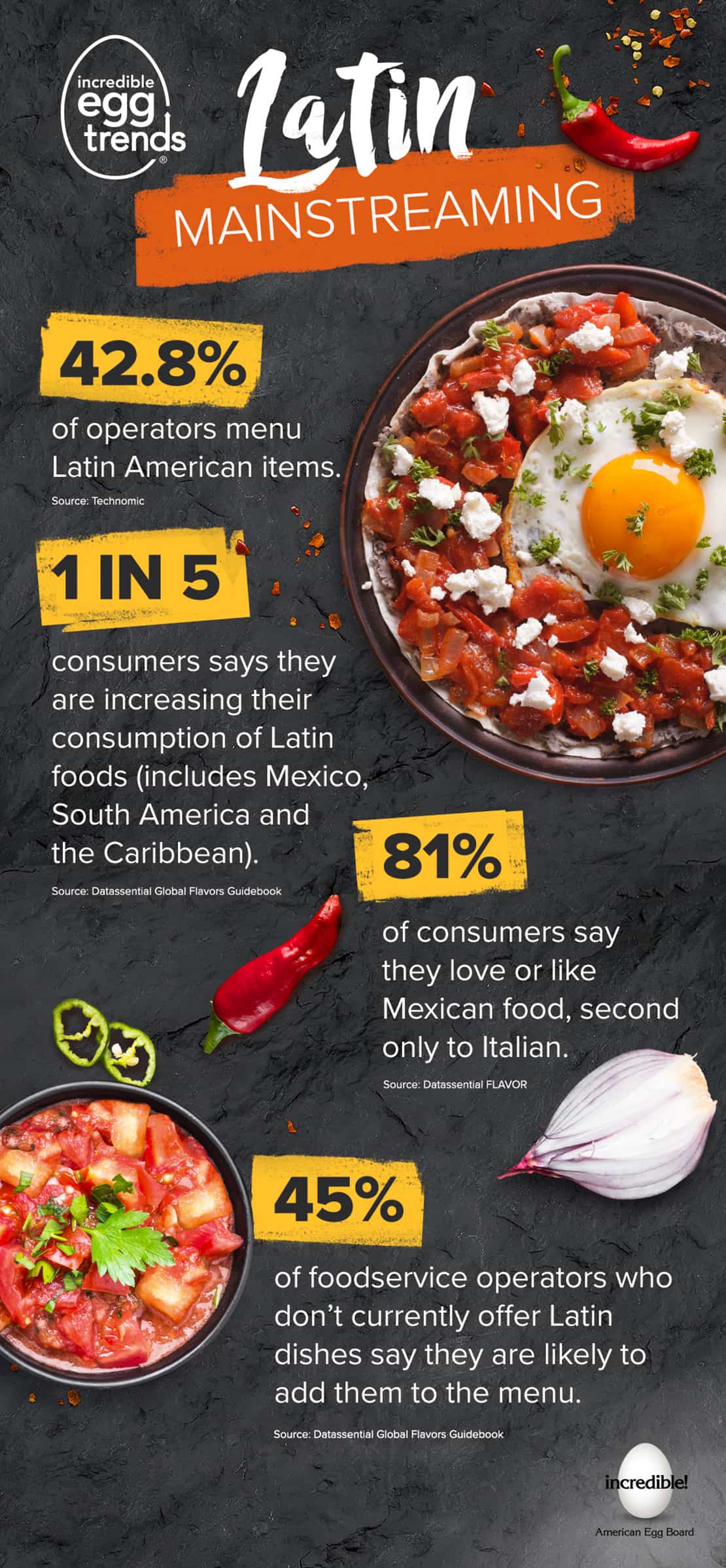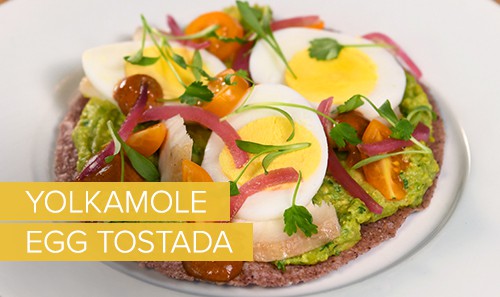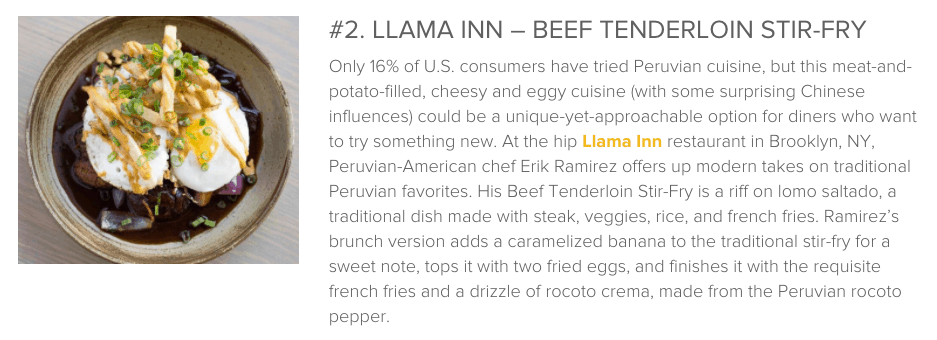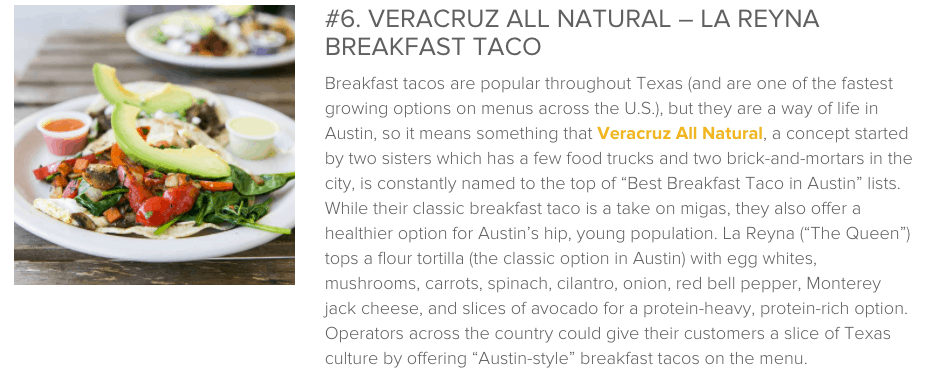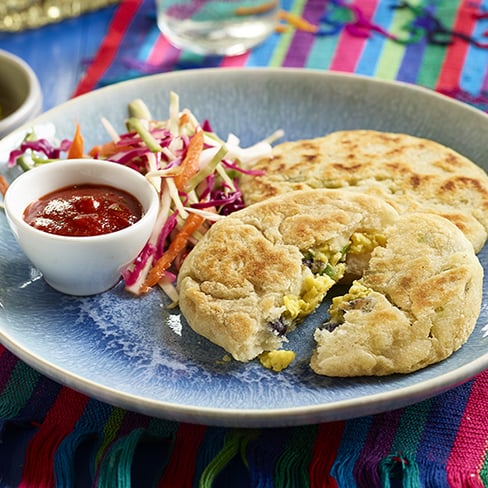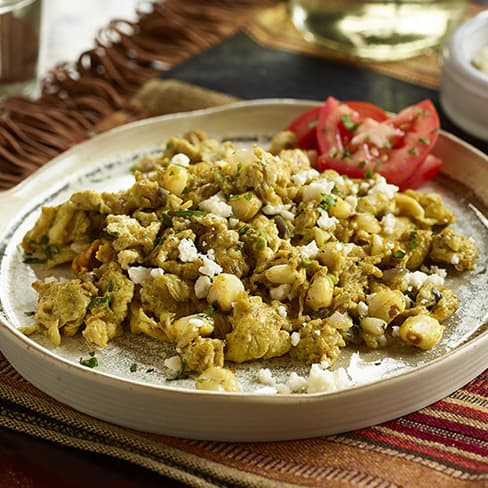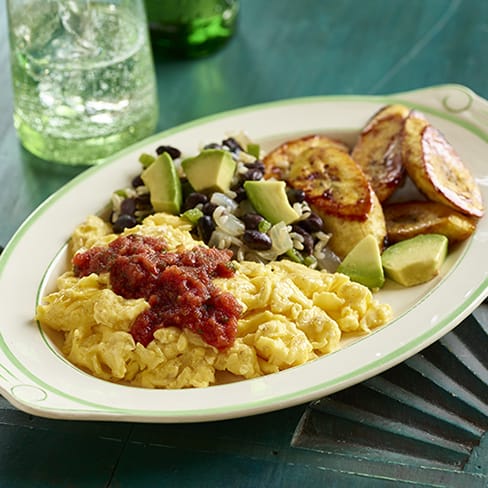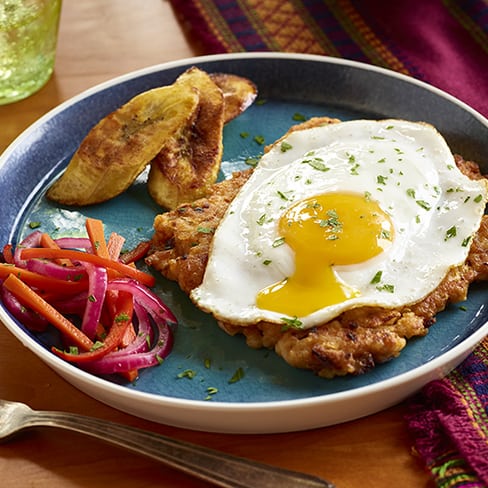Latin

Diverse & Flavorful
Today’s diners just can’t get enough of Latin cuisine. They’re exploring Mexican, Cuban, Puerto Rican, Colombian and even Salvadoran. Diners are discovering the diversity of Latin cuisines through chefs who incorporate regional dishes, unique ingredients and cooking techniques into their menu offerings.




TIPS & TRICKS
“When cooking with fresh peppers and fresh herbs, the flavor profile changes during different times of year. ” – Chef Ray Garcia
Did you know:
Neither the color nor the size of a chile indicate the heat level. And contrary to popular belief, the seeds of the chile peppers are not hot. The veins and the cross wall of the chili have the heat. When you cut open a chile, the more yellow you see inside, the hotter it will be.
Source: Chile pepper Institute, New Mexico
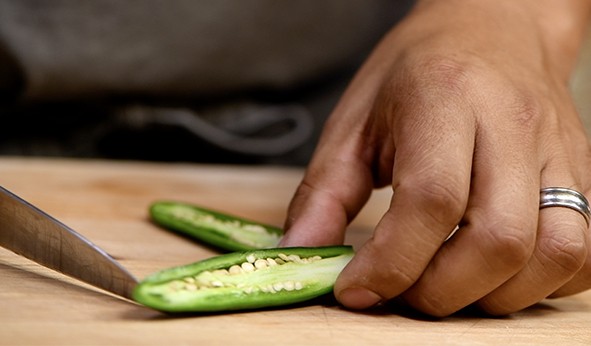

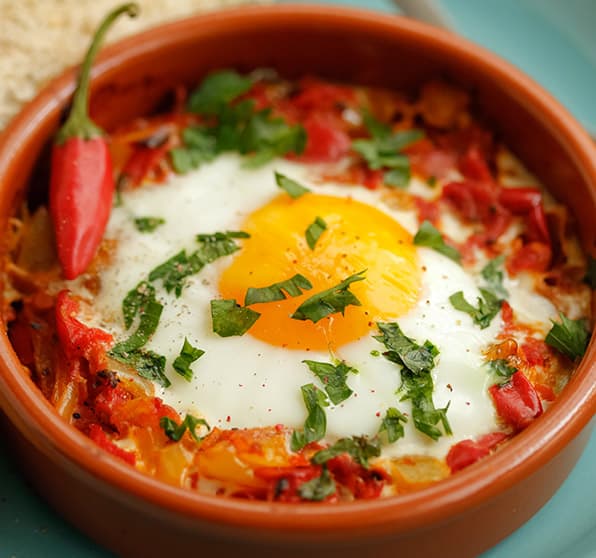
#DYK – EGGS ARE AN IMPORTANT DIETARY STAPLE IN MANY LATIN CULTURES?
- Eggs have important nutrients, including proteins, vitamins (e.g., A, E, and B12), minerals, carotenoids and lecithin.
- A cost-effective source of protein, vitamins and other nutrients, eggs don’t have any adverse effects on lipid profiles.
- Eggs increase the levels of lutein and zeaxanthin in plasma, two carotenoids recognized as having both antioxidant and anti-inflammatory effects.2
- They also increase plasma choline, and important nutrient associated with cognitive function.2
Source: Egg Nutrition Center

